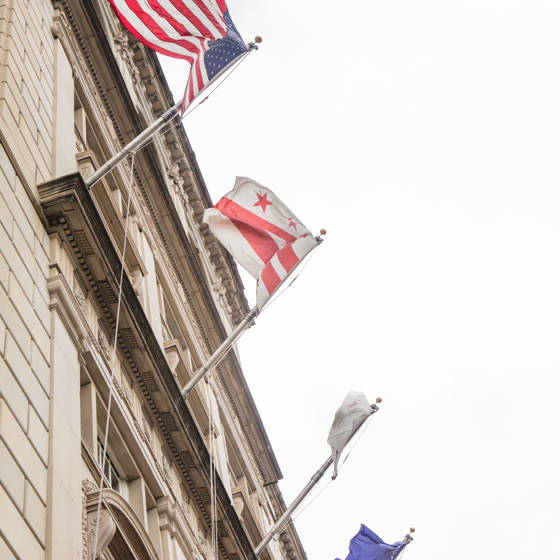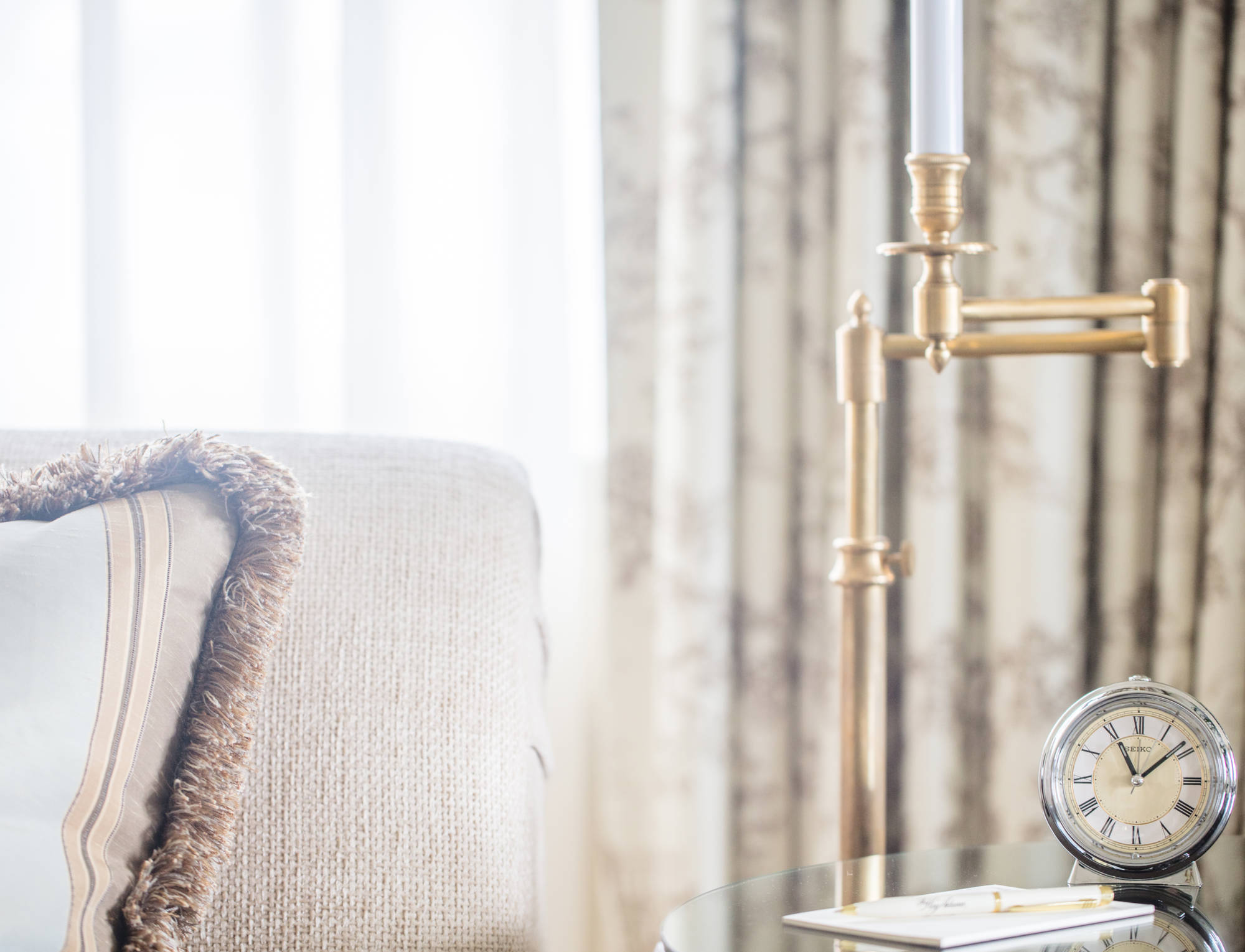Embrace the present
as you step into history
Originally designed and built as a residential hotel in the 1920s, The Hay-Adams stands today as one of the most historic hotels in Washington, DC, with refined luxury to match our prestigious past.
Named for the distinguished residents, John Hay and Henry Adams, our historic hotel is now a cherished haven of luxury for visitors and Washingtonians alike.
John Hay served as personal secretary to President Abraham Lincoln, and later as U.S. Ambassador to the United Kingdom, as well as Secretary of State under both William McKinley and Theodore Roosevelt. Henry Adams was a historian and Harvard professor, and the descendant of Presidents John Adams and John Quincy Adams.
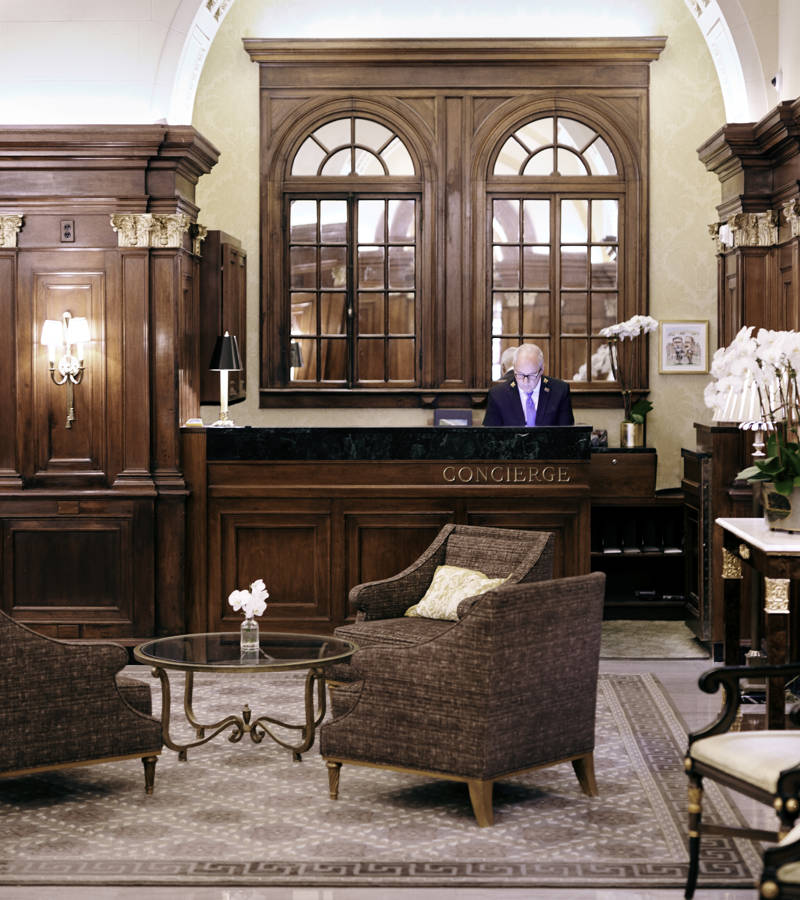
In 1884, the architect Henry Hobson Richardson designed elaborate, Romanesque homes at the corner of 16th and H Streets for Hay and Adams. The site soon became a bustling scene of intellectual activity. For years, the homes served as one of Washington's leading salons, alive with stimulating discussions about literature, art, science, and politics, and hosted famous guests such as Theodore Roosevelt, Mark Twain and Henry James.
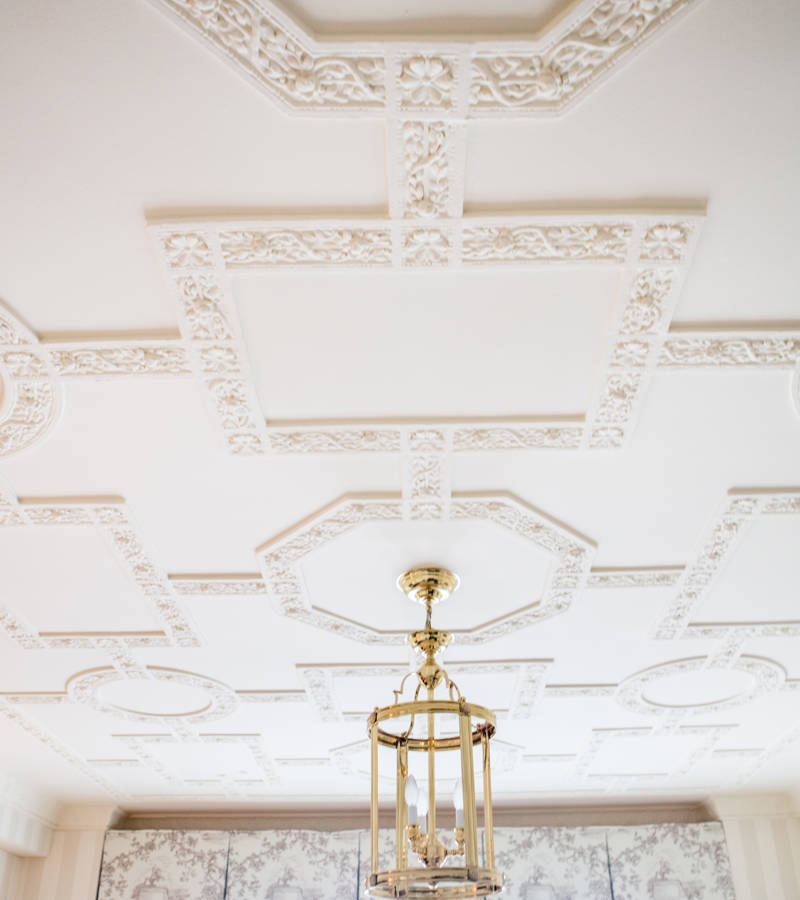
In 1927, a Washington, DC, developer Harry Wardman bought and razed both homes, replacing them with the Hay-Adams House, an Italian Renaissance-style, 138-room apartment-hotel design by architect Mihran Mesrobian.
The property quickly became one of the city’s most popular hotels near the White House. Ethel Barrymore, Amelia Earhart, Sinclair Lewis, and Charles Lindbergh enjoyed the setting and views, along with innovative modern conveniences.
In 2001, the hotel closed its doors for a major $20 million renovation led by acclaimed designer Thomas Pheasant. In 2002, The Hay-Adams re-emerged fully restored as one of the region’s most refined luxury hotels.
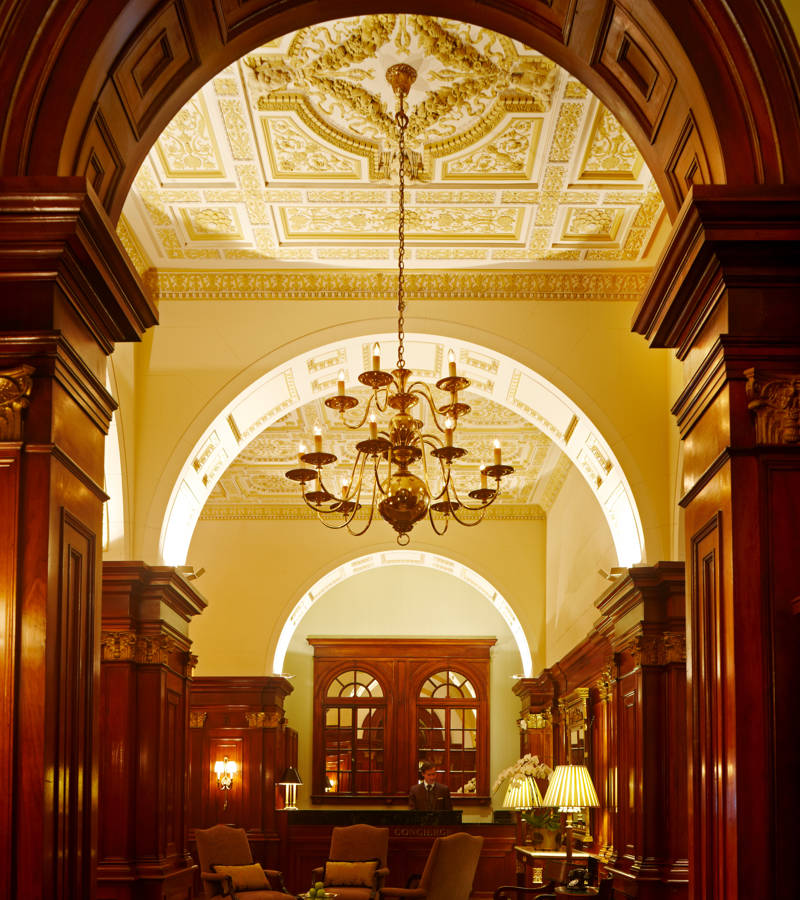
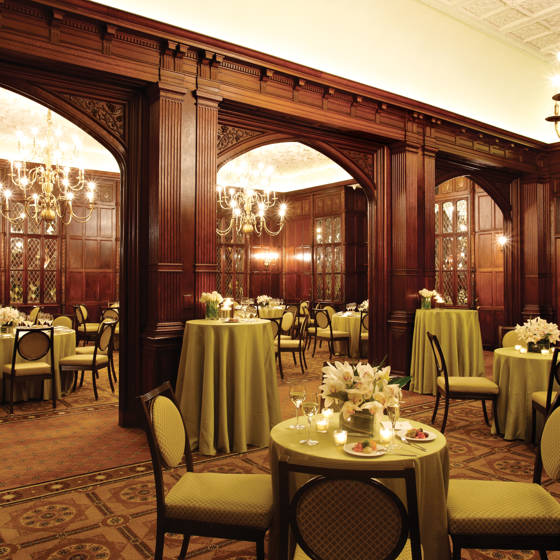
President Abraham Lincoln appoints John Hay as his personal secretary.
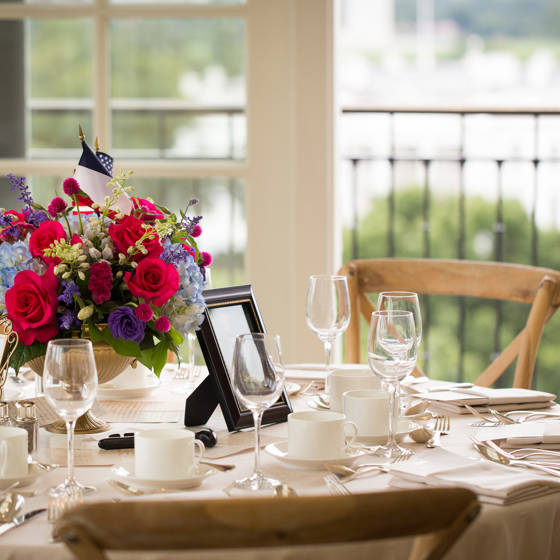
United States Civil War Begins

Henry Adams becomes secretary to his father, US minister to the British government.

United States Civil War Ends

Henry Adams begins writing essays condemning corruption and economic monopolies, largely railroads.
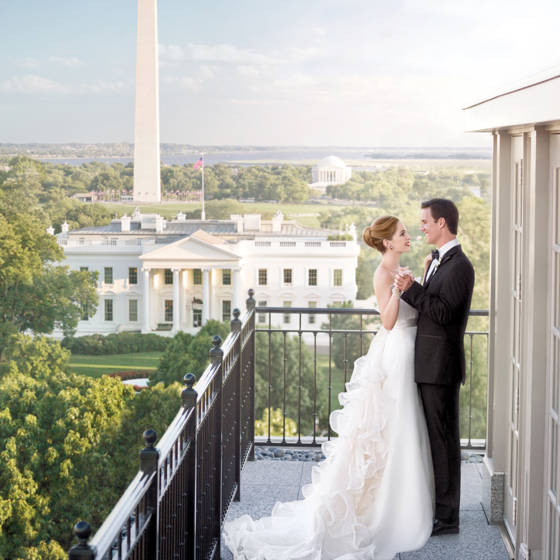
Widely considered to have been Washington, DC’s Gilded Age.

John Hay and Henry Adams each have an elaborate, Romanesque home commissioned at the corner of 16th and H Streets, by Louisiana-born architect Henry Hobson Richardson.
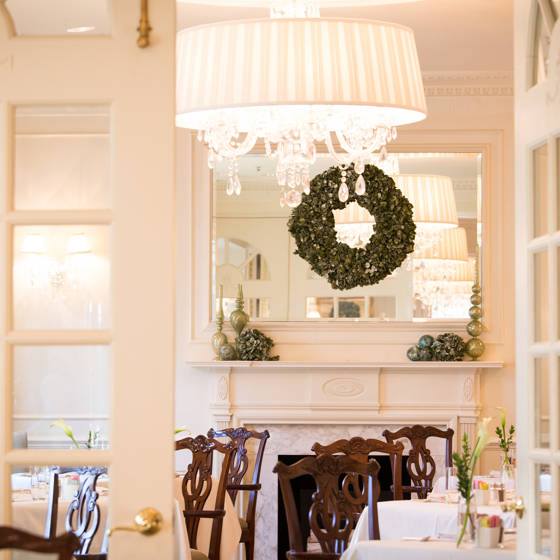
Together with their wives, Clara Hay and Marian Adams, Hay and Adams host Washington's leading salons, alive with stimulating discussions about literature, art, science, and politics; guests include Theodore Roosevelt, Mark Twain, Henry James, and sculptor Augustus Saint-Gaudens.
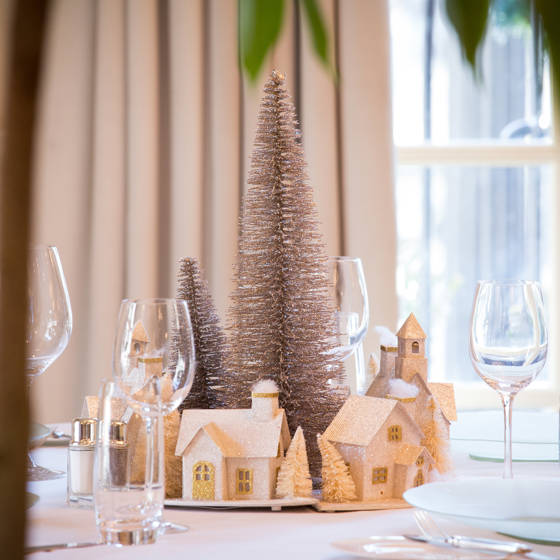
President McKinley appoints Hay Ambassador to Great Britain; after the US won the Spanish-American War, Hay becomes Secretary of State.

John Hay dies.

Clara Hay dies; ownership of the home goes to their daughter Alice Wadsworth and her husband, Senator James Wadsworth.

Henry Adams dies; the Wadsworths purchase the property, then lease it to the Brazilian Embassy.
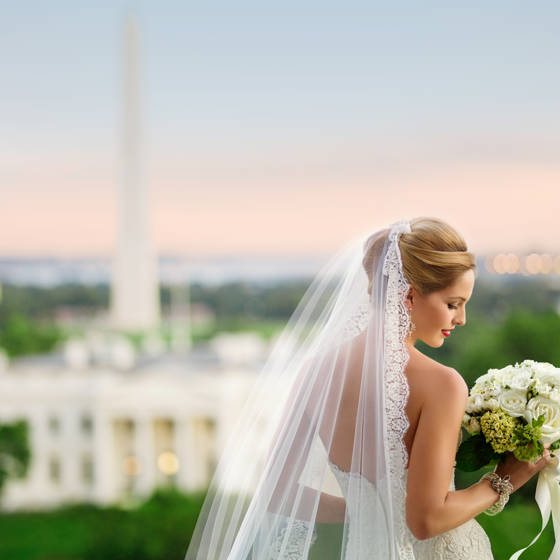
Local developer Harry Wardman buys and razes both homes, replacing them with the Hay-Adams House, an Italian Renaissance-style, 138-room apartment-hotel designed by architect Mihran Mesrobian.
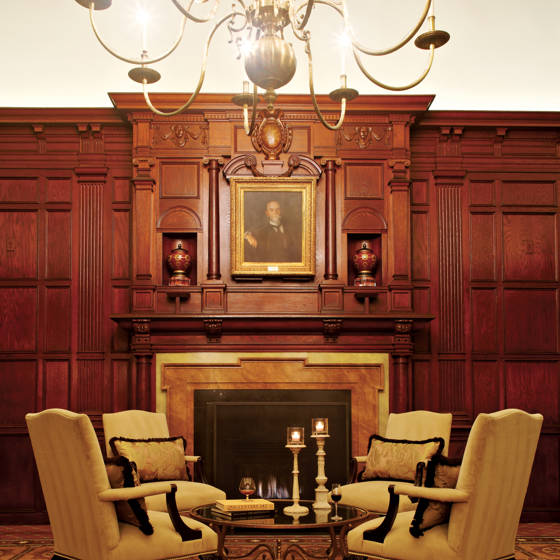
The $900,000 structure opens, featuring Doric, Ionic, and Corinthian orders, walnut wainscoting, and intricate ceiling treatments with Elizabethan and Tudor motifs. Wood paneling from the Hay residence is repurposed in the space now known as the Hay-Adams Room.
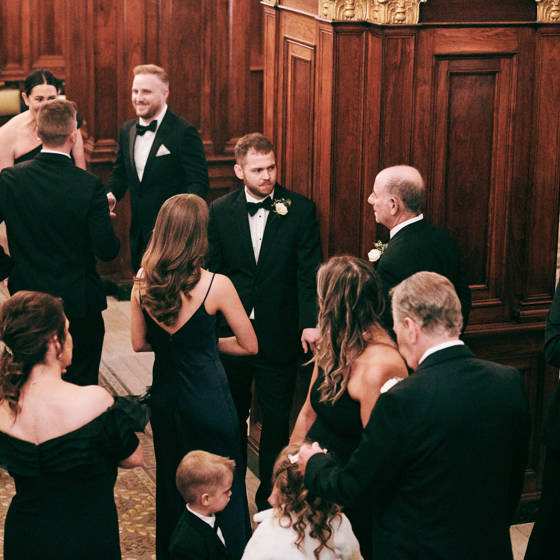
Celebrities including Ethel Barrymore, Amelia Earhart, Sinclair Lewis, and Charles Lindbergh enjoy the setting and views, large suites, kitchens, steam heat, elevators, and circulating ice water.

With room rates starting at $3, the property introduces Washington, DC's first air-conditioned dining room, as well as an English tap room, pharmacy, and the use of radios, among other amenities.

Washington developer Sheldon Magazine purchases The Hay-Adams. In 1980, he sells to MIH Corporation, whose president, George Mossé, was an experienced Parisian hotelier.

Financier David H. Murdock buys the hotel and executes a substantial renovation.
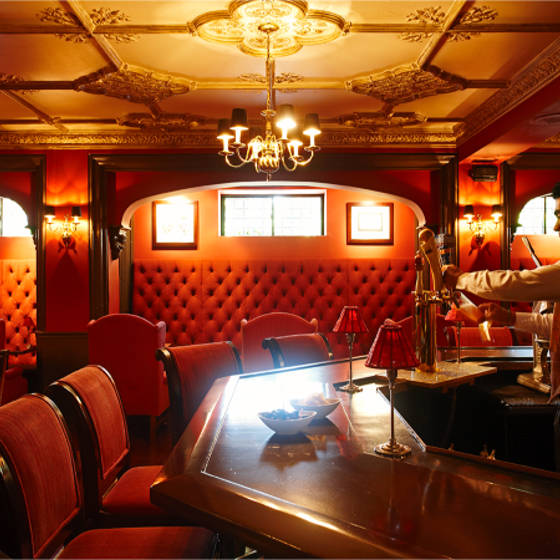
A top executive from what was Sanyo Corporation, the hotel’s owner at the time, commissions a major $20 million renovation overseen by acclaimed Washington, DC, designer Thomas Pheasant – including a fully reimagined Off The Record bar with its red décor. The original property’s postal drop box remains in the corridors of the guest rooms.
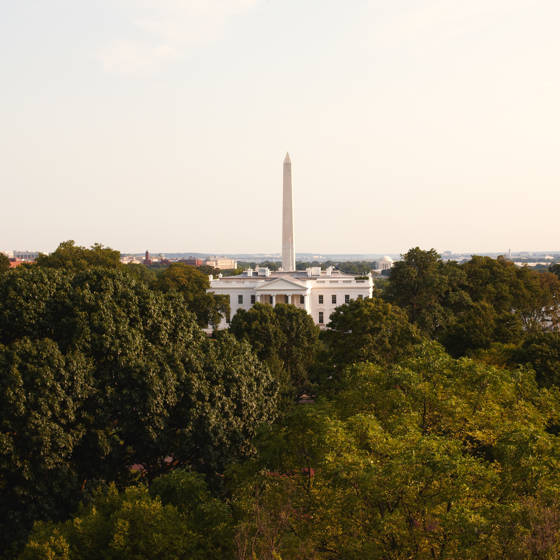
The Hay-Adams re-emerges fully restored as one of the region’s most refined luxury hotels.
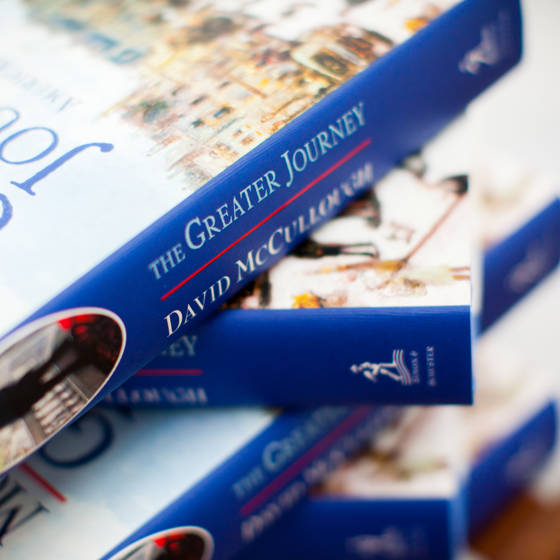
The Hay-Adams introduces its beloved Author Series, recreating the grand literary tradition that Hay, Adams and their wives established in the late 1800s.
Not kept in in-room directory
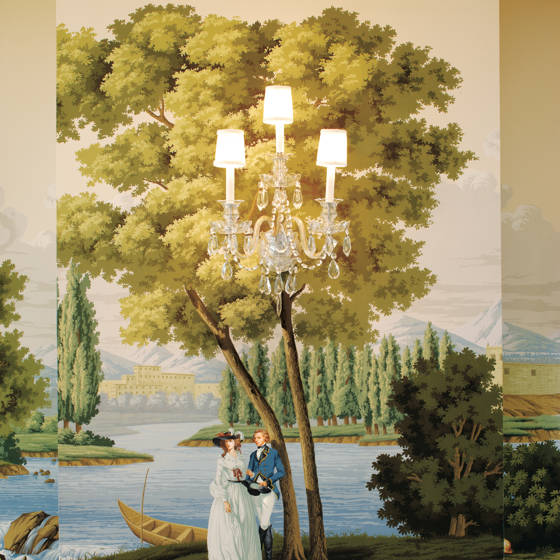
The B.F. Saul Hospitality Group , a subsidiary of the local private real estate and banking powerhouse B.F. Saul organization, purchases The Hay-Adams.
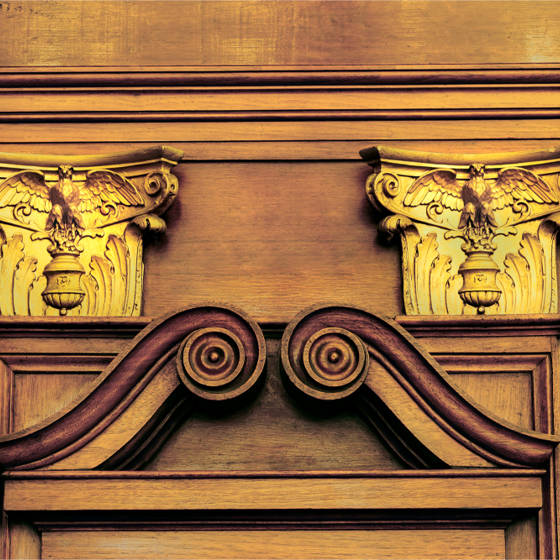
Additional renovations including elevator improvements and rooftop enhancements begin.
Not kept in the in-room directory

Owner Bernard Saul, II envisions the stunning Top of the Hay, a roof terrace with panoramic views. The venue quickly becomes one of Washington, DC’s most sought-after spaces for weddings and other private events. This cements our commitment to continuously improve and add to the elegance and needs of today while respecting history and tradition.
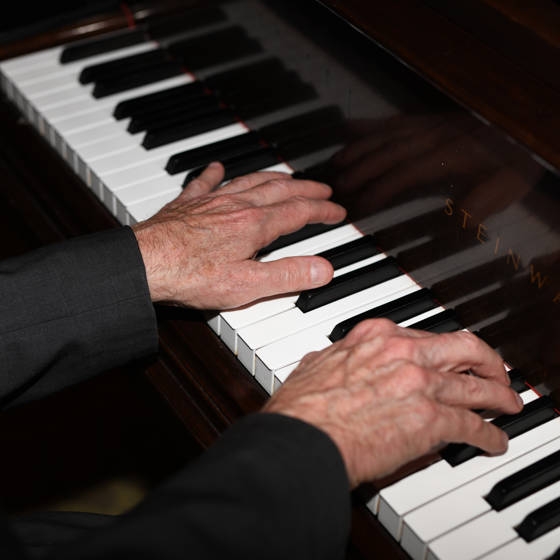
The Hay-Adams introduces Music Salons, intimate live-music performances by the esteemed PostClassical Ensemble.
Not kept in in-room directory
